Jean Lurcat Limited Edition lithograph of an Owl / Chouette Hand Signed c1940-1960 unframed Rare and Original numbered 44 of 200 a short run because the printing plates were destroyed once the 200 were produced taken from the original painting by Lurcat with 30 extra copies for the artist himself Hand signed by the Lurcat in pencil and also his lithographer Berto who confirms the plates were destroyed Full details confirmed on the back of the print Lurcat 1892-1966 Famous Mid Century Painter Cartonnier Tapestry designer Unframed on good art paper having with only very minor signs of age having been carefully preserved by former owner Measures: Actual image 46cm 18 inches high 35cm 13.8inches wide.
In 1917, Jean Lurçat made his first tapestries: Filles Vertes (Green Girls) and Soirée dans Grenade (Evening in Grenada). In 1921, Jean Lurçat met Louis Marcoussis, he discovered Picasso and Max Jacob, and created decoration and costumes for Le spectacle de la Compagnie Pitoeff: In 1936, Jean Lurçat was inspired when he saw the tapestry L'Apocalypse (The Apocalypse), which was woven in the 14th century. In 1938, Moisson was sewn. In 1939, he exhibited in New York and in Paris. In September, he took up residence in Aubusson with Gromaire and Dubreuil in order to renovate the art of tapestry, which at the time had fallen to a low point. His innovative technique used a simplified palette and robust weaving at broad point. During this period he abandoned oil painting in favour of poster paints. The Musée National d'Art Moderne (National Museum of Modern Art) acquired Jardin des Coqs (Garden of Roosters) and L'Homme aux Coqs (The Man of the Roosters), of which the cardboard would be destroyed by the SS in 1944 in Lanzac.
Jean Lurcat litografia in edizione limitata di un gufo / Chouette firmato a mano c1940-1960 senza cornice Raro e originale numerato 44 di 200 una breve corsa perché le piastre di stampa sono stati distrutti una volta che i 200 sono stati prodotti presi dal dipinto originale di Lurcat con 30 copie extra per l'artista stesso Firmato a mano dal Lurcat a matita e anche il suo litografo Berto che conferma le lastre sono state distrutte Tutti i dettagli confermati sul retro della stampa Lurcat 1892-1966 Famoso pittore di metà secolo Cartonnier Tapestry designer Unframed su buona carta d'arte avendo con solo segni molto minori di età essendo stato accuratamente conservato dal precedente proprietario Misure: Immagine reale 46cm 18 pollici di altezza 35cm 13.8inches di larghezza
Nel 1917, Jean Lurçat realizza i suoi primi arazzi: Filles Vertes (Ragazze verdi) e Soirée dans Grenade (Serata a Grenada). Nel 1921, Jean Lurçat incontra Louis Marcoussis, scopre Picasso e Max Jacob, e crea decorazioni e costumi per Le spectacle de la Compagnie Pitoeff: nel 1936, Jean Lurçat è ispirato quando vede l'arazzo L'Apocalypse, tessuto nel XIV secolo. Nel 1938, Moisson fu cucito. Nel 1939, espone a New York e a Parigi. In settembre, si stabilisce ad Aubusson con Gromaire e Dubreuil per rinnovare l'arte dell'arazzo, che all'epoca era caduta in basso. La sua tecnica innovativa utilizzava una tavolozza semplificata e una robusta tessitura a punto largo. Durante questo periodo abbandonò la pittura a olio in favore dei colori per manifesti. Il Musée National d'Art Moderne (Museo Nazionale d'Arte Moderna) acquisì Jardin des Coqs (Giardino dei galli) e L'Homme aux Coqs (L'uomo dei galli), di cui il cartone sarà distrutto dalle SS nel 1944 a Lanzac.
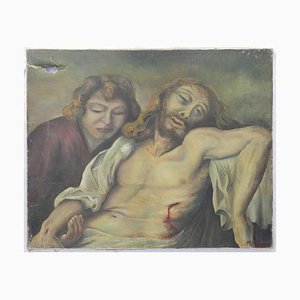
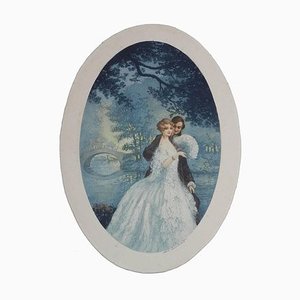
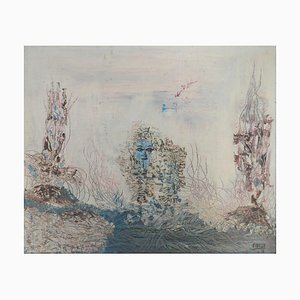
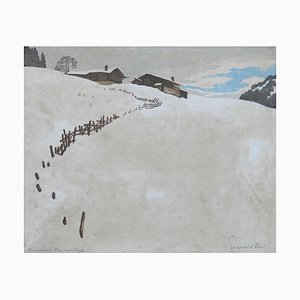
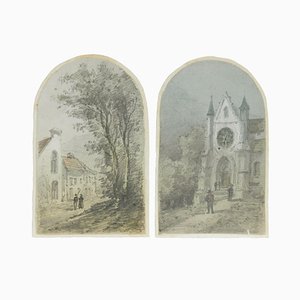
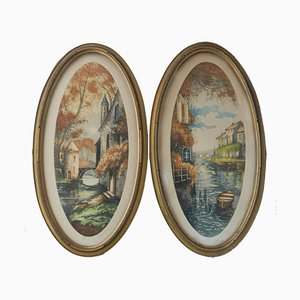
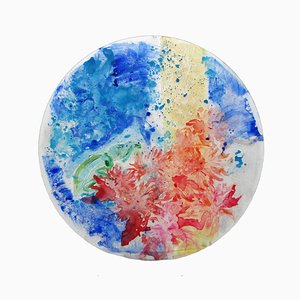
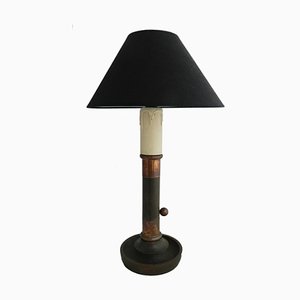
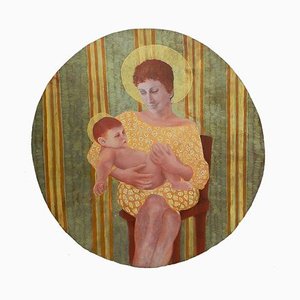
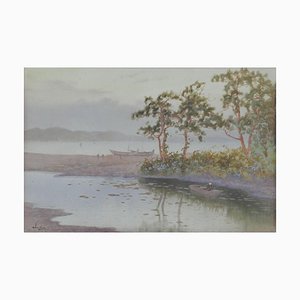
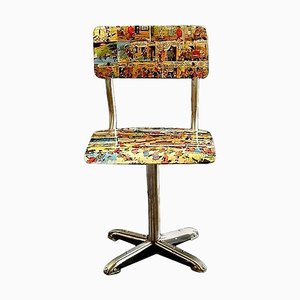

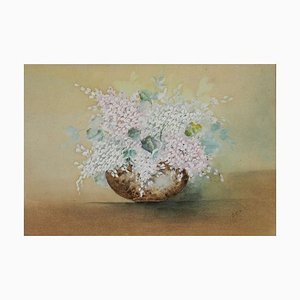
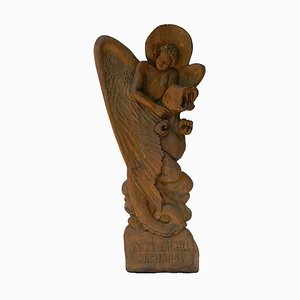
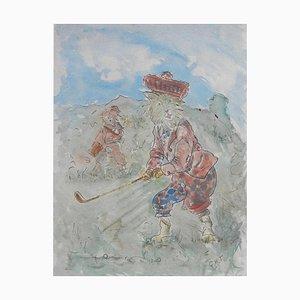

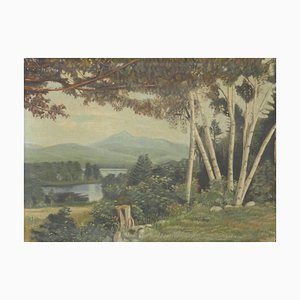
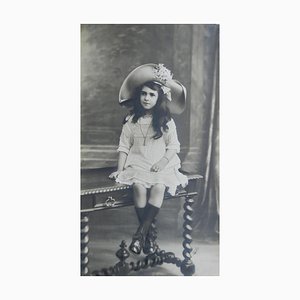
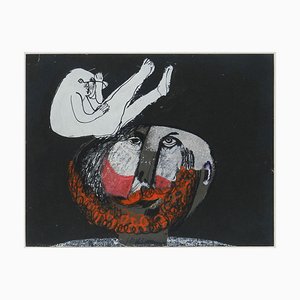
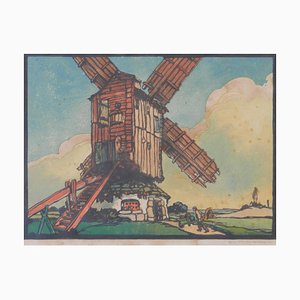
Contattaci
Fai un'offerta
Abbiamo notato che sei nuovo su Pamono!
Accetta i Termini e condizioni e l'Informativa sulla privacy
Contattaci
Fai un'offerta
Ci siamo quasi!
Per seguire la conversazione sulla piattaforma, si prega di completare la registrazione. Per procedere con la tua offerta sulla piattaforma, ti preghiamo di completare la registrazione.Successo
Grazie per la vostra richiesta, qualcuno del nostro team vi contatterà a breve.
Se sei un professionista del design, fai domanda qui per i vantaggi del Programma Commerciale di Pamono